I went back to Cambodia to feel the sadness of its people. I left with different eyes.
The first time I visited for beauty and merriment and celebration. I returned with an education of Cambodian history, a new appreciation for Angkor Wat, a taste of the rawness of poverty, and conflicted emotions about the role I played as a tourist in another country. I now have a deep, permanent pang for Cambodia’s past and a genuine concern for its future.
In two weeks, we learned the scope of what Cambodians were capable of. From the same soil grew a people that possessed the skill to build the most impressive religious monument of all time and a people that possessed the depravity to decimate 1/4 of its own population in a ruthless genocide. Cambodia stunned the world with Angkor Wat and shocked the world with the Khmer Rouge regime.
800 years later, the people are still living, working, and worshipping in and amongst the indestructible Angkor ruins. 30 years later and the people are still suffering, still picking up the pieces of their blood-soaked history.
I am reminded of a conversation I overheard in a bar in Laos. “The Lao seem bored and indifferent,” the man sitting next to me said. “In Cambodia, the people have a heartbeat. You can feel the fire in their eyes.”
This, of course, was a generalization, but I had to agree with him. Cambodians live with passion because they have known sorrow, struggle. They are fearless because they have had to fight for life. They can emit fire because they have been swallowed up in flames. There is still struggle, everywhere you look. But you’ll be hard-pressed to find apathy or indifference. Cambodia is a symbol of possibility. It reminds me what humans are capable of creating, destroying, enduring.
My experience here was one of extremes.
For three days and 100 biked kilometers, we danced our way through Angkor Wat hardly ever noticing another soul, exploring and rediscovering the apotheosis of Cambodian culture. I’ve never seen clouds look so perfect, like pillows. I’ve never seen water look so clear, like a mirror. These eyes have never seen a more beautiful frame for a more perfect picture. But this is just one picture of many that hang on the walls of Cambodia’s history.
This is no love story. Immediately upon entering Cambodia, you are confronted with her tragedies. The sorrow I experienced was welcomed, as it was essential to obtaining an undiluted education of this complex culture. Cambodia, most definitely, has baggage.
As a teacher and child care provider, I have taught, nurtured and loved hundreds of children. I have been a mother to infants as young as 5 weeks old, a teacher to elementary school children, and a counselor to kids as old as 16. I have witnessed and empathized with the emotions, vulnerabilities, problems, and triumphs that children experience as they search for themselves on their way to maturity. And I have always known my role: mother, teacher, friend.
Before leaving for Southeast Asia, I claimed to understand the psychology of children. But these are children who have 3 meals a day and shoes on their feet. Children who get back rubs for bad dreams, and band aids for boo boos, and kisses just because.
In Cambodia there exists a very different relationship between adults and children and, to my heartbreak, between me and them. When they look at me, they don’t see ‘mentor’ or ‘mother;’ they see money signs. They see the paleness of my skin as a business opportunity, regardless of how young they may be. I used to think kids didn’t see color. It is here that I changed my mind.
In Poipet, the border town into Cambodia and the portal to its poverty, I saw children very differently. This place is filthy and revolting and hopelessly destitute. It’s painful to look around and see the skeletons–the bare bones of a virtual ghost town with dilapidated buildings, amassed pollution, houses made from torn tapestries and crumbling concrete; the bare bones of its forgotten inhabitants, the starving, walking dead. This city is a landfill suffocating under mountains of its own garbage, as if the entire country brings their dump trucks here daily. Poipet is not a coastal town, yet everywhere there is evidence of a shipwreck–the scraps of plastic, cardboard, styrofoam, metal, and human flotsam that appear to have washed ashore.
Your heart grows heavy here.
I am walking up and down the dusty, trash-filled street with my cumbersome pack in the sweltering heat looking for someone to sell me water. I feel a tug on my pinky finger and look down at a child no older than 3. She was dirty and shoeless and she looked me dead in the eyes and begged me for a dollar. I declined. She heeled me like a dog, tried to walk in my path, demanding me to notice her.
Waiting for a bus to Siem Reap, a young girl races me to the trash can to salvage my coke can. She wore a pony tail, walked clumsily with knobby knees, hunched over like an old woman. She had her t-shirt stretched out like a basket in which she carried her collection of tourists’ trash, her treasures. I watched her attempt to add my can to the pile and fail. Her shirt collapsed revealing her scrawny frame, and bottles and cans toppled in every direction toward the ground. She looked up at me, embarrassed but fiercely beautiful, gathered the bottles, dropped them once more, and gathered them again before scurrying away. In a few moments, she vanished from my sight, but to this day she remains in my mind.
We went to the country’s capital for clarity on the 4 year reign of terror inflicted by Pol Pot and the Khmer Rouge regime. From 1975-1979, Cambodia’s government systematically massacred 3 million of its own people promoting a radical agenda of nationwide ethnic cleansing. Not unlike the Nazis, the goal of the Khmer Rouge was to purge and reform the population, in place of a pure, agrarian Communist society. Among those targeted were intellectuals, city folk, minorities, those whom the Khmer Rouge feared, and people who wore glasses. When the Khmer Rouge took power, they captured Phnom Penh, the capital, and evacuated the entire city in three days. The displaced people were then herded to labor camps, torture prisons, and, ultimately, to their death in the killing fields.
Phnom Penh felt like an open wound–still fresh with the stench of death, unashamed of its painful roots. Reminders of the genocide are everywhere: in the eyes of the hopeful tuk tuk driver desperate for a day of work; in the clever sales pitch of the indignant child turned street merchant; in the heart of the city at the Tuol Sleng Genocide Musuem, which served as the torture prison for millions before their brutal, imminent execution; in the absence of foundation and certainty and the elderly.
Never have I been amongst a more resourceful and courageous people. I have little doubt and considerable hope that Cambodia will rise like a phoenix from her ashes.
The first set of pictures are from the Tuol Sleng Genocide Museum in Phnom Penh and the second set are from Angkor Wat in Siem Reap. They are representative of my experience–the juxtaposition of good and evil. These are the two stories that caught the world’s attention. These are the two faces that Cambodia will forever wear. Horror and magnificence.






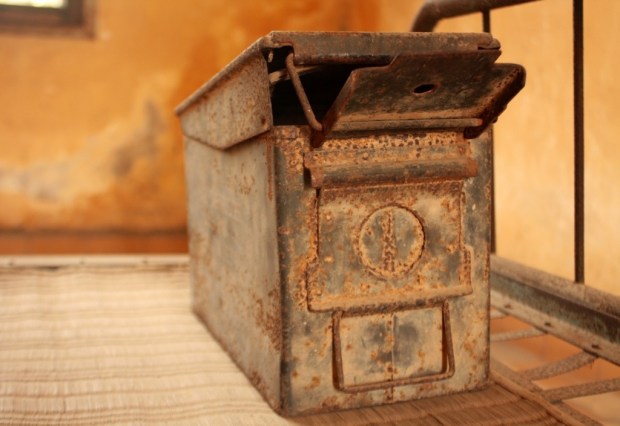


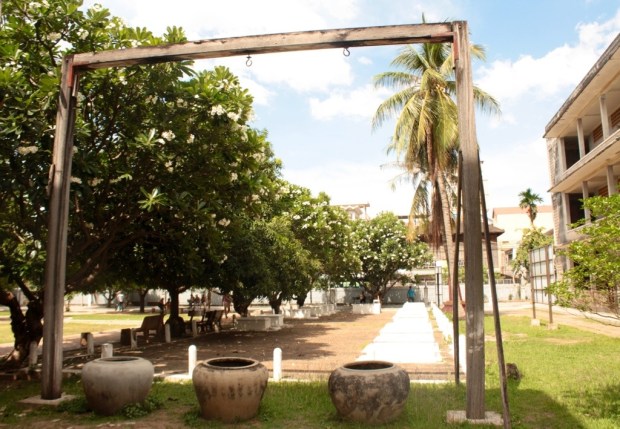
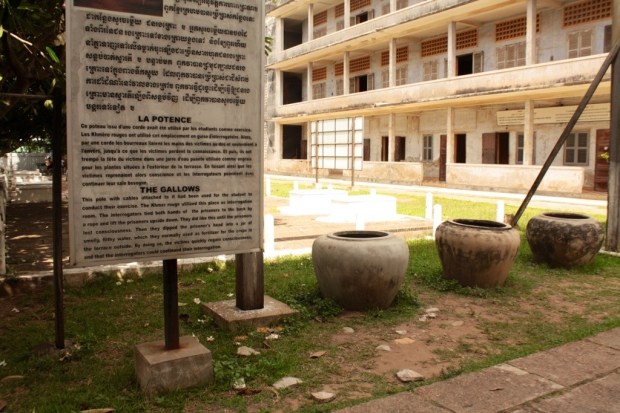
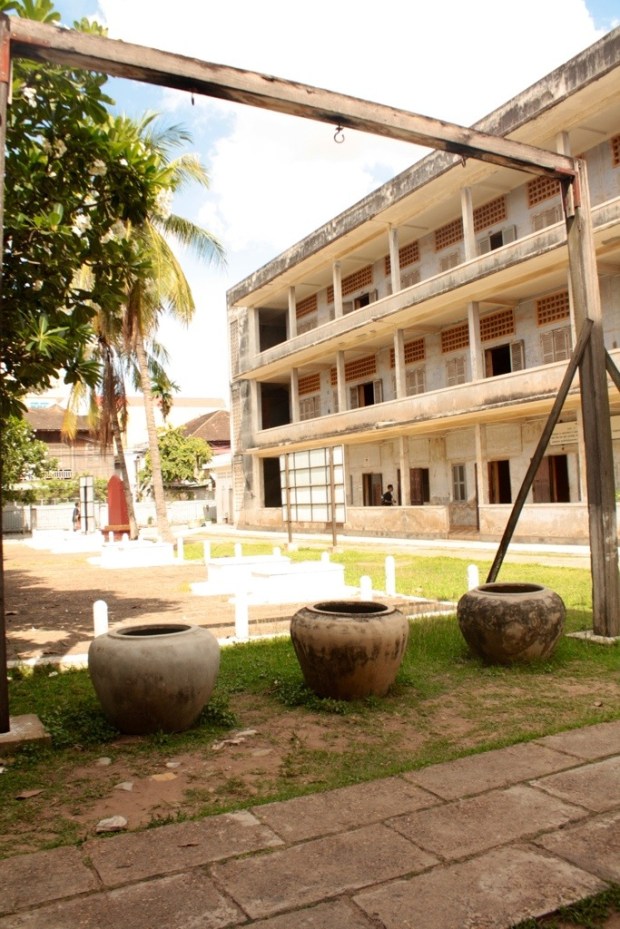
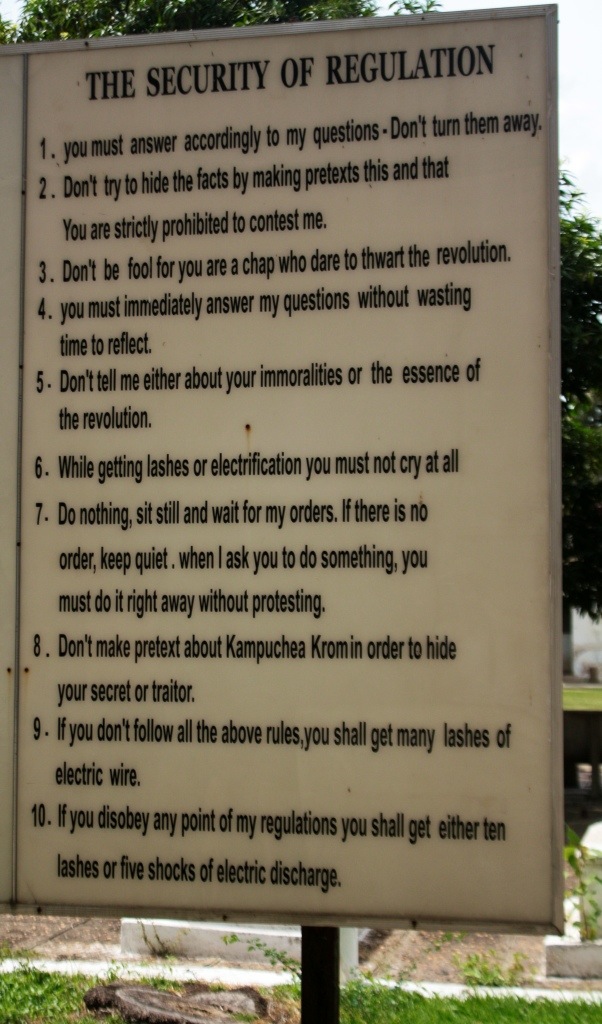

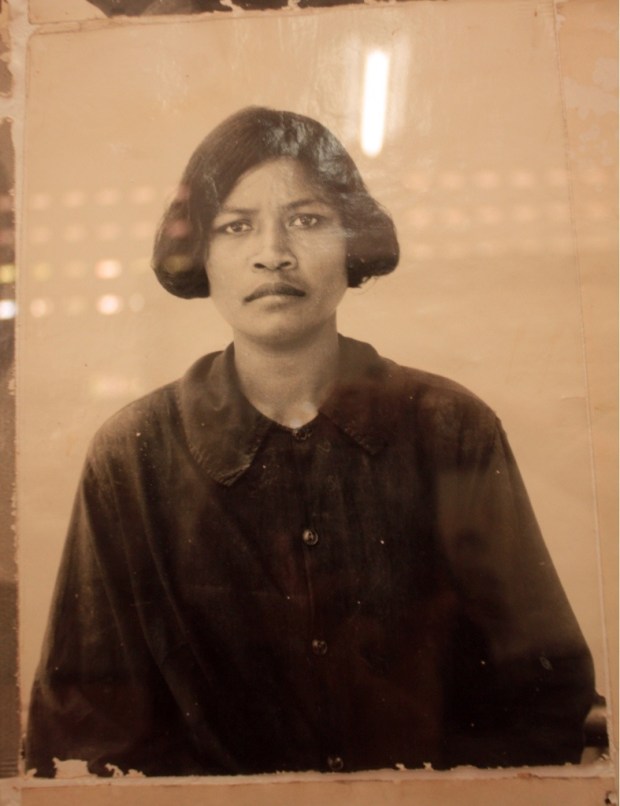
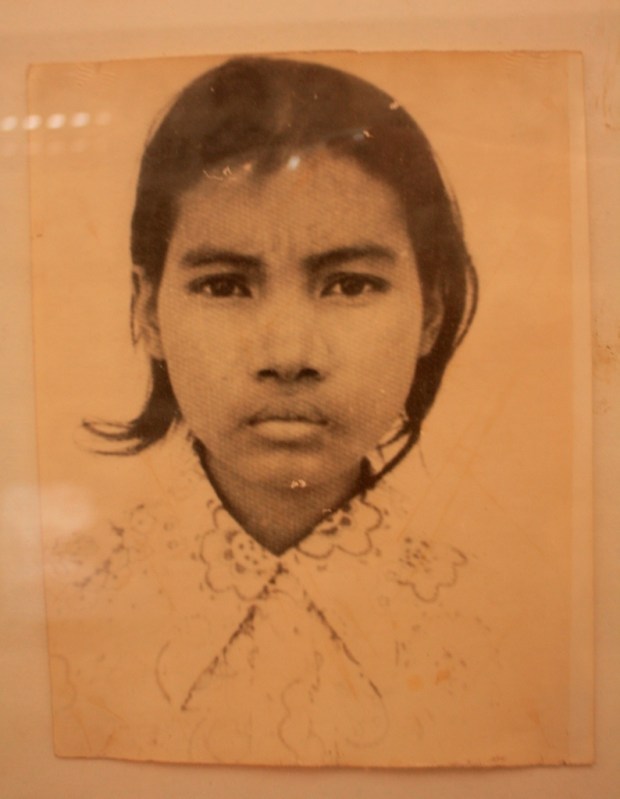

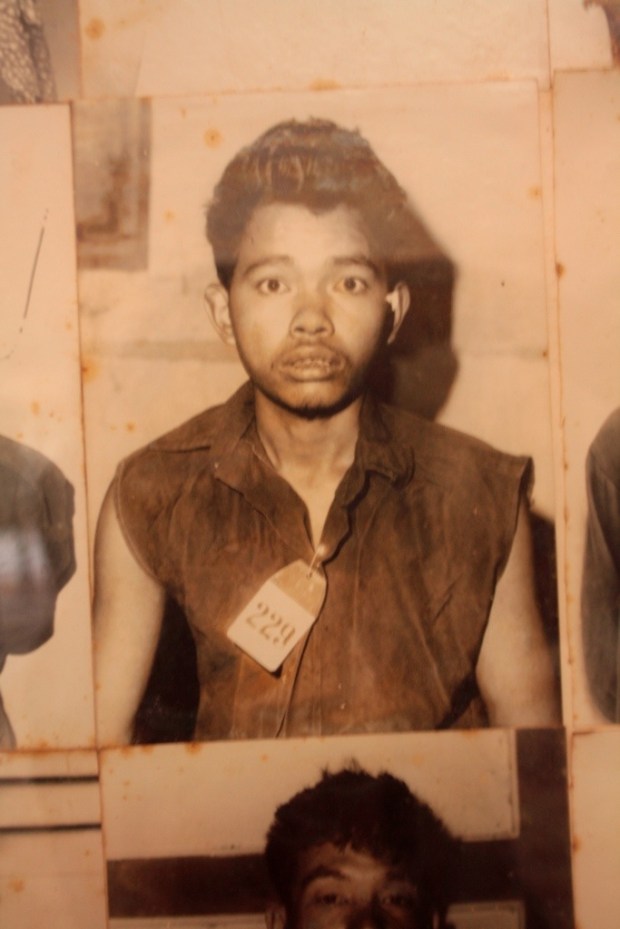


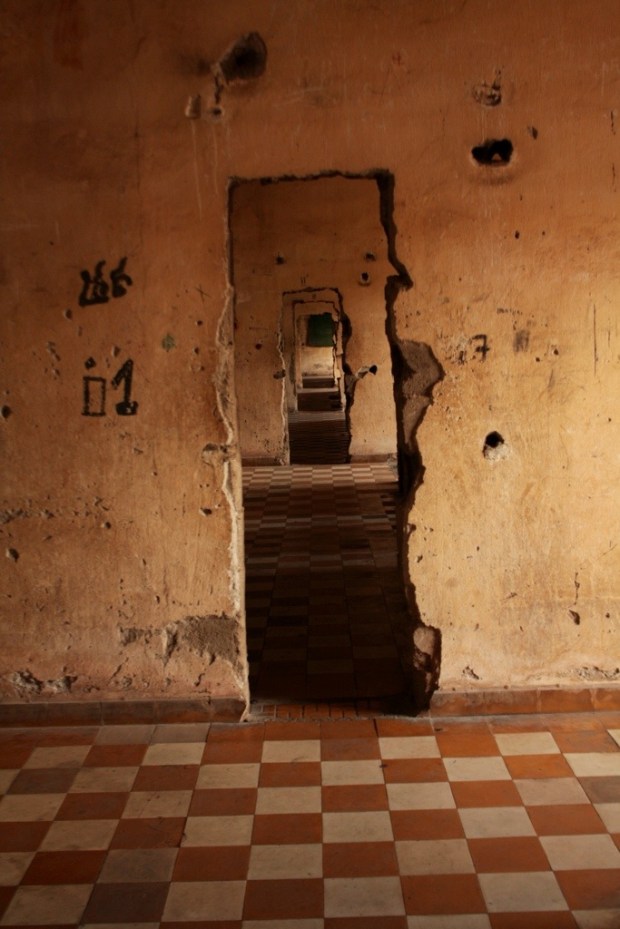




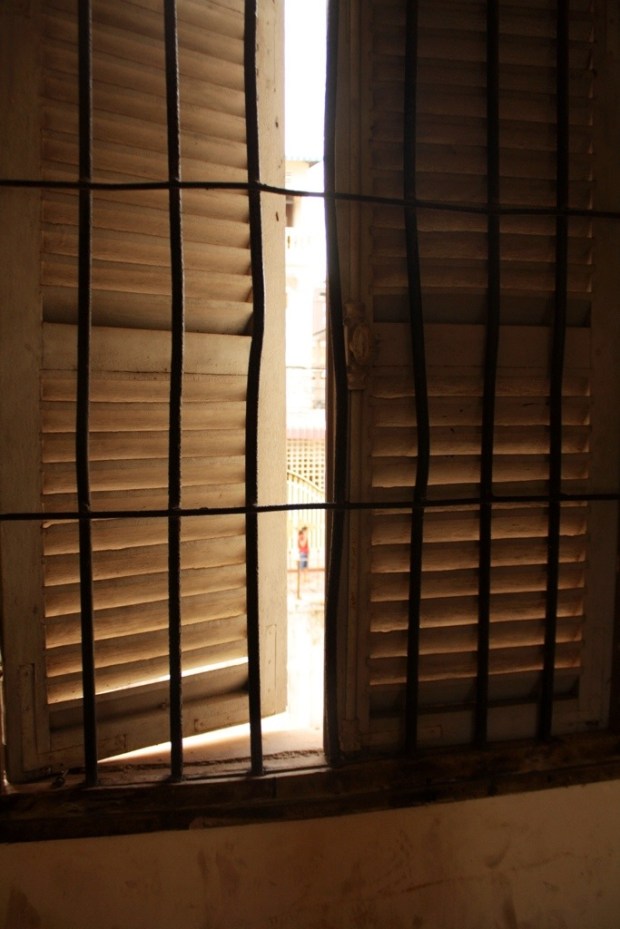

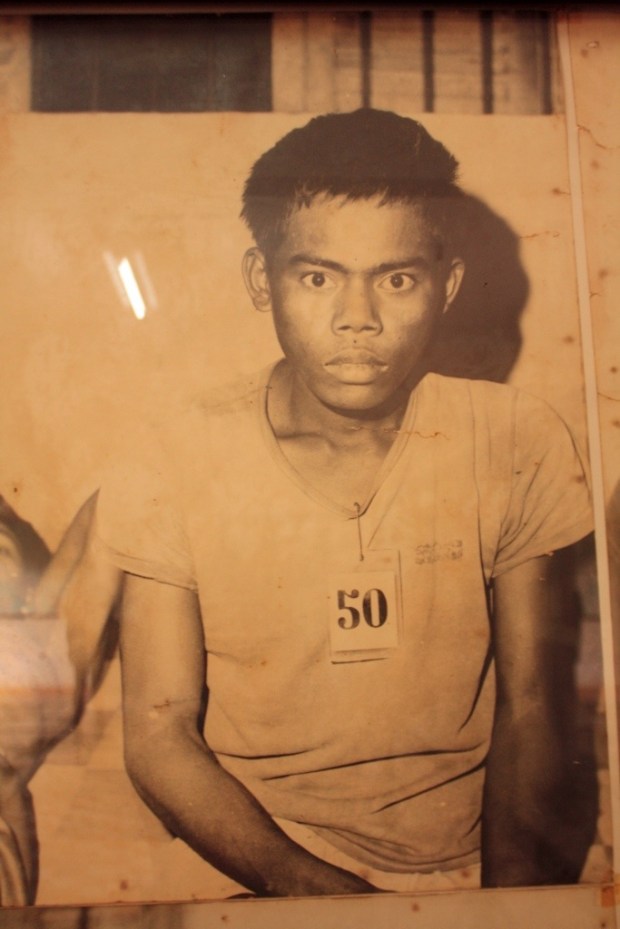
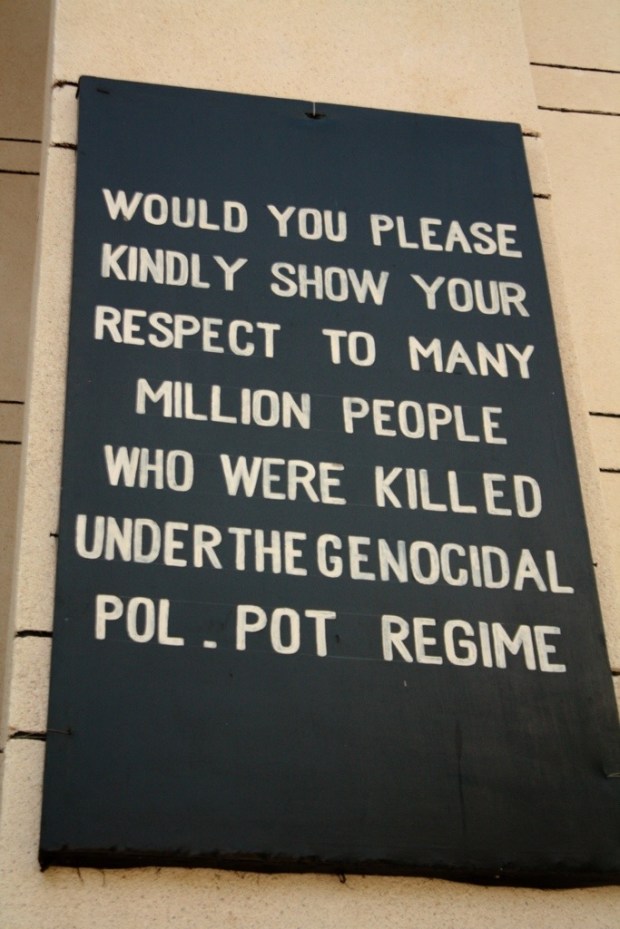

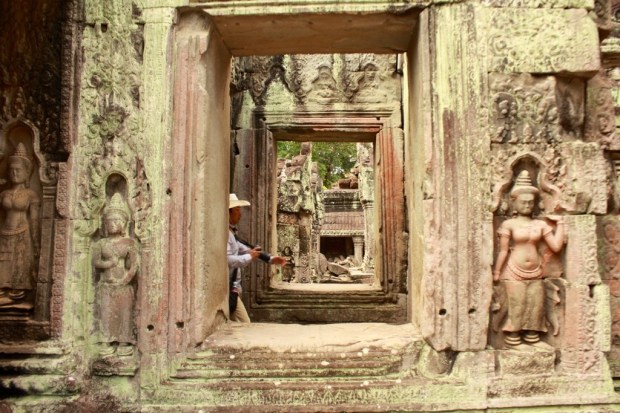

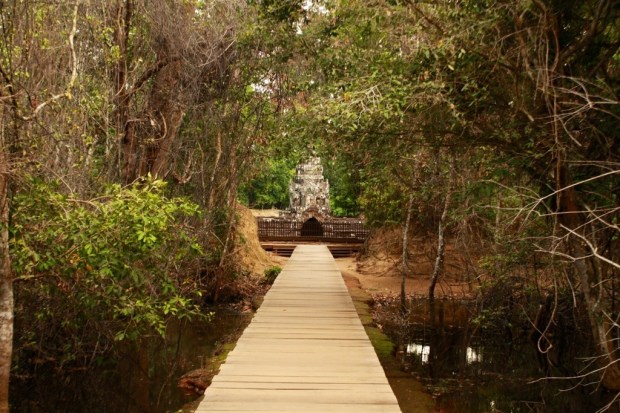
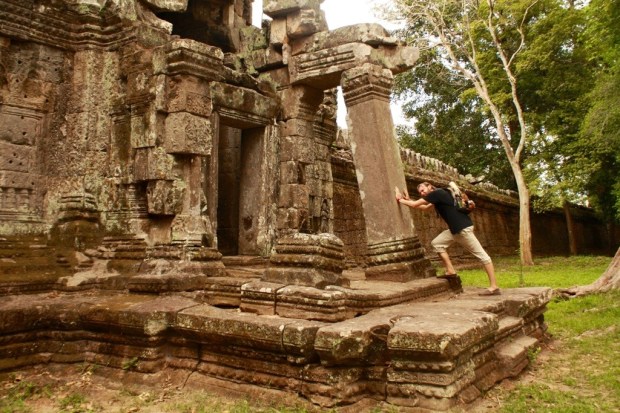
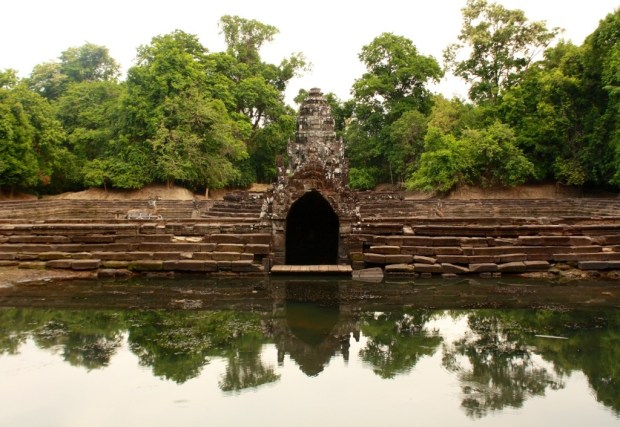
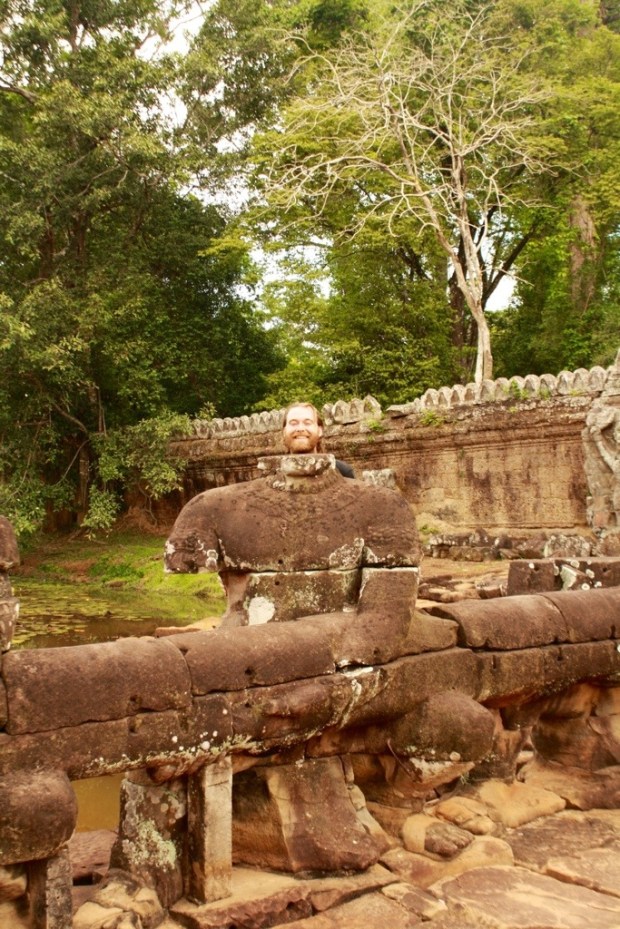



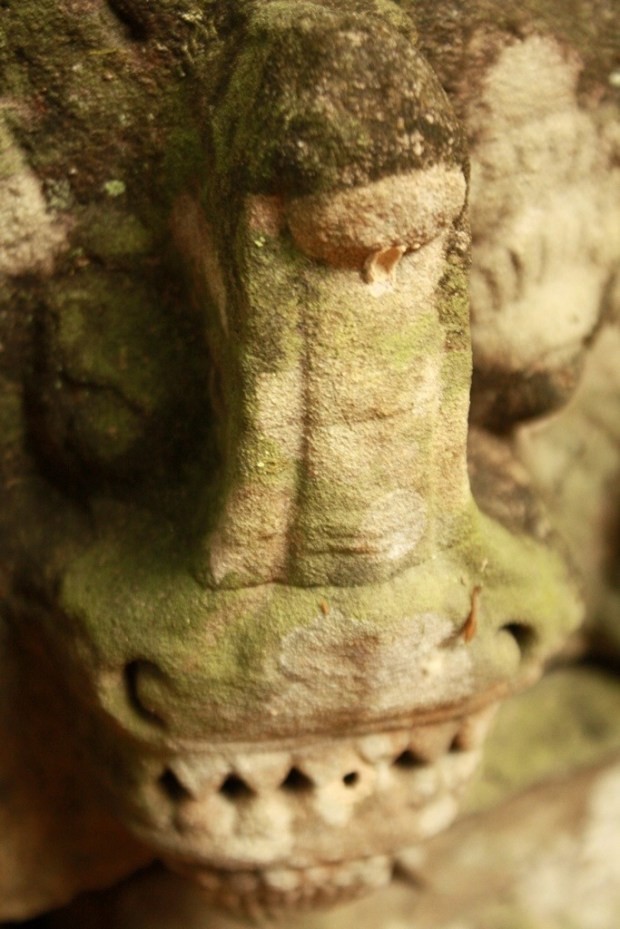

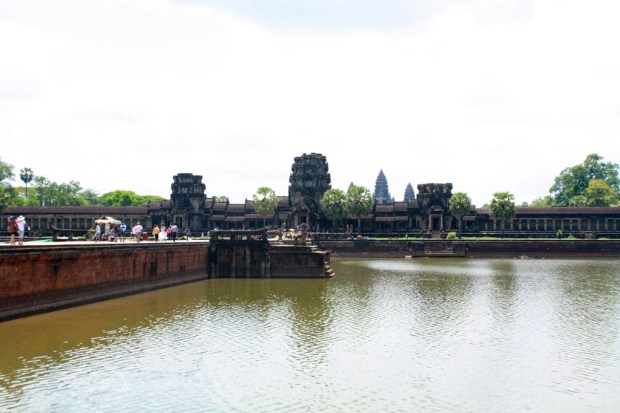


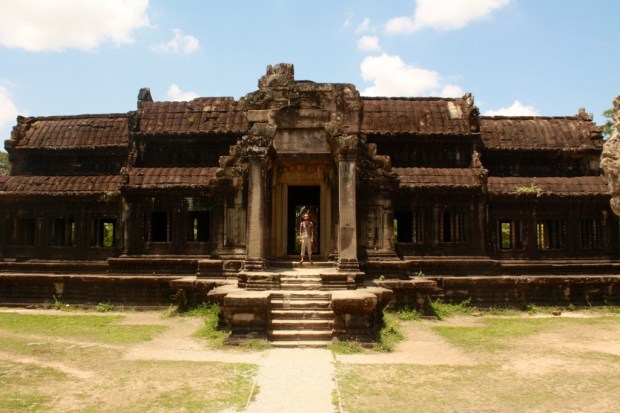
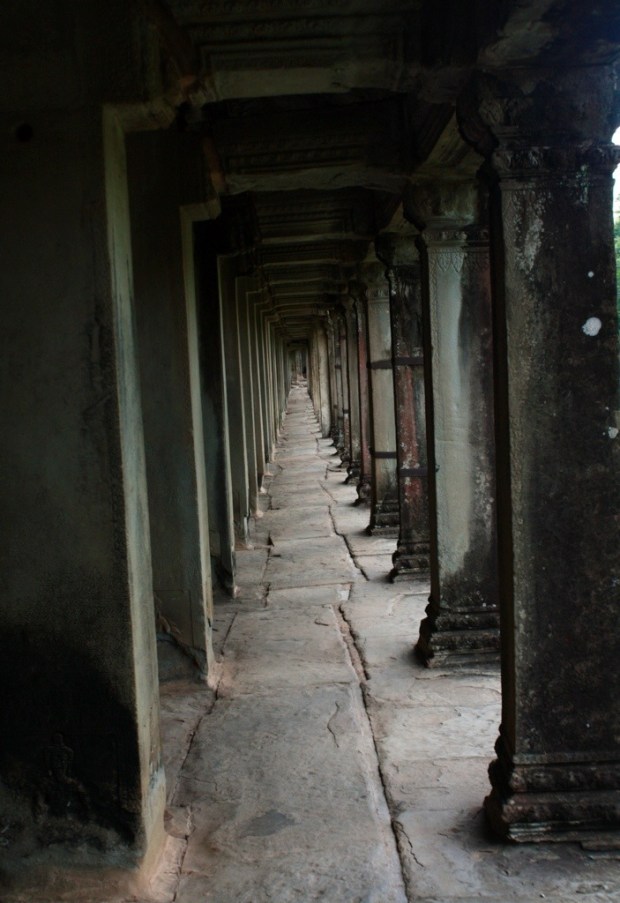



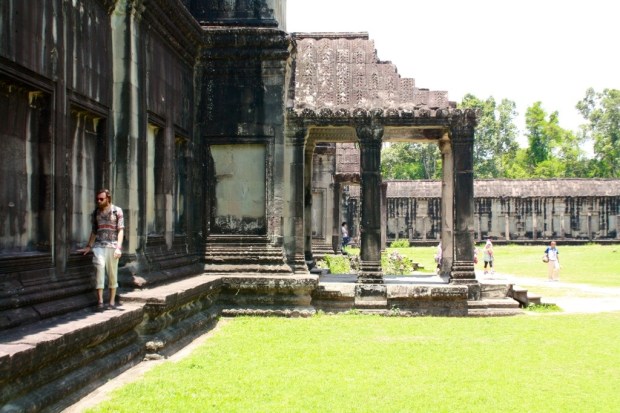



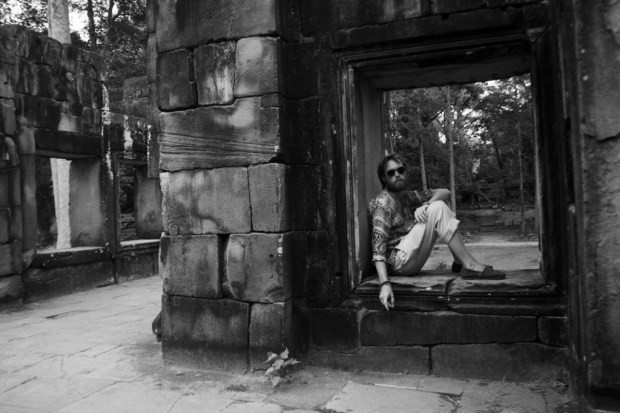
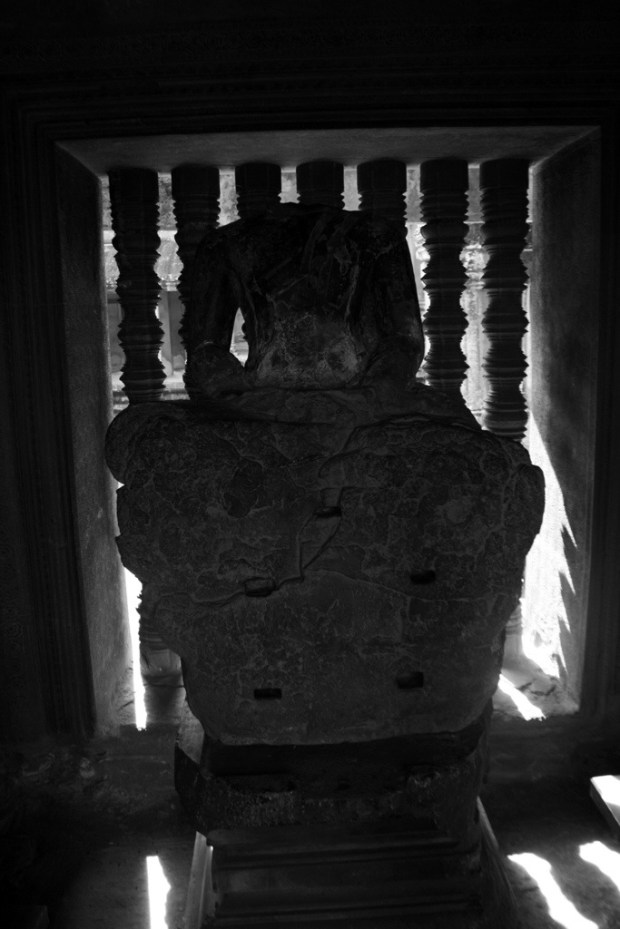
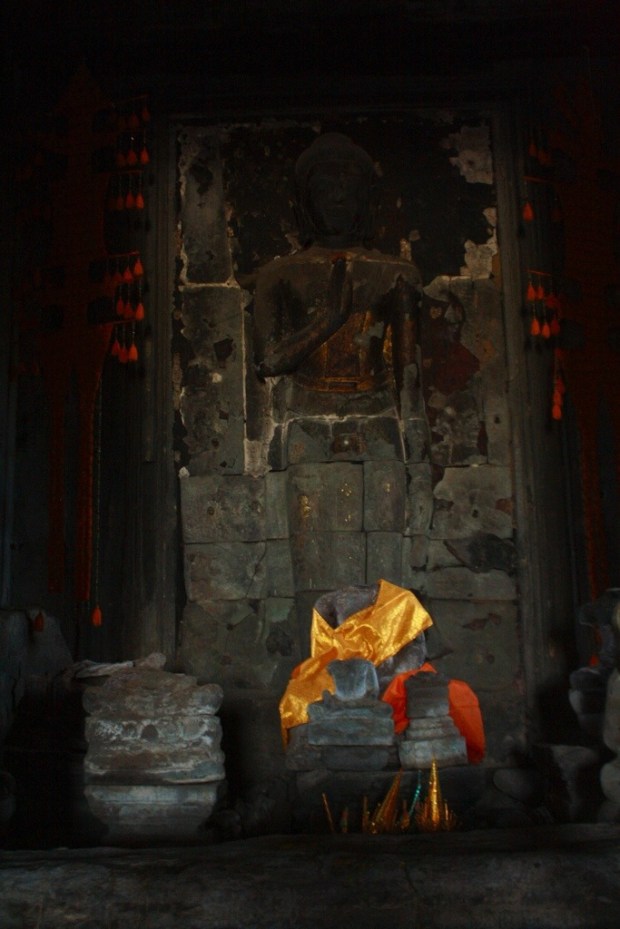
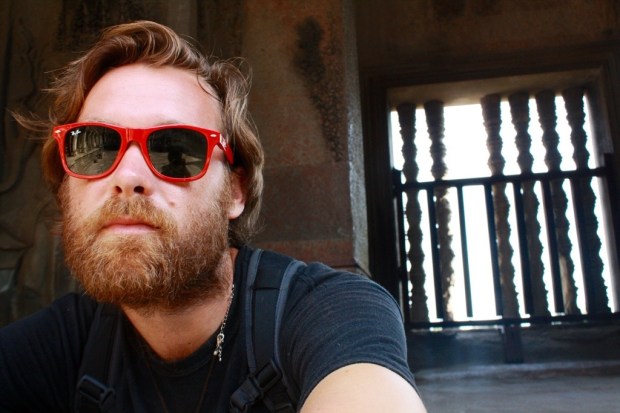
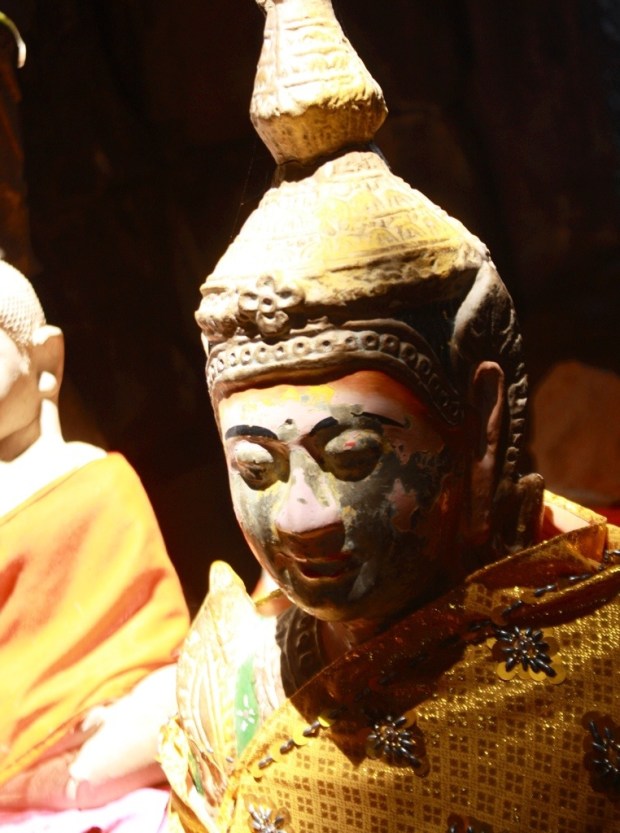



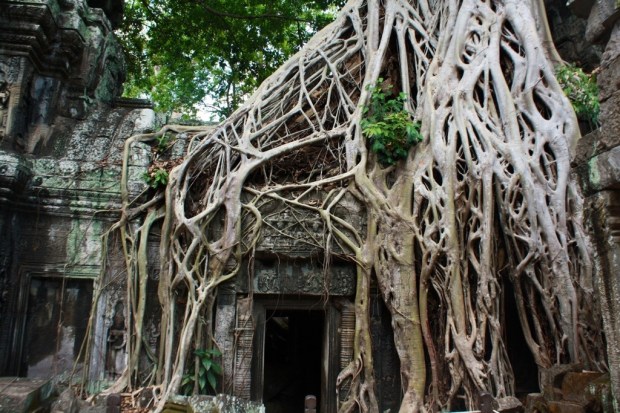
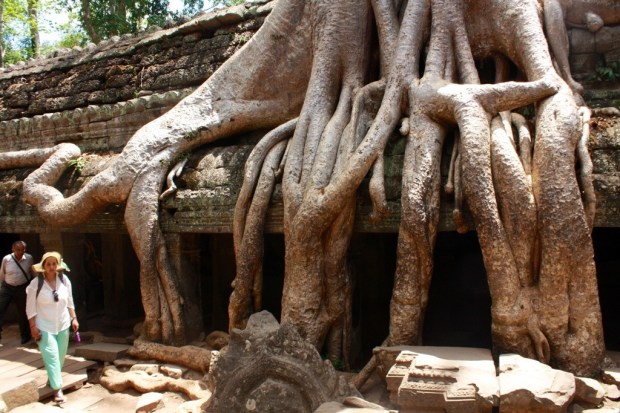



hauntingly beautiful
I have tears in my eyes just remembering. Cambodia is a hauntingly beautiful place. Great post.